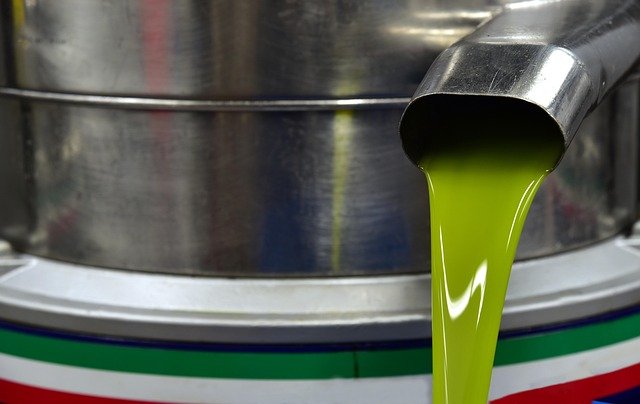Olive Oil: Origins, Production, and Uses
Olive oil is a versatile, plant-based oil pressed from olives that has been part of Mediterranean diets and cultures for millennia. Beyond its culinary role, olive oil is tied to agricultural practices, specific harvest timings, and methods of pressing that influence flavor and quality. This article outlines how olives are grown and harvested, how oil is produced and classified, and practical uses and considerations.

What is olive oil?
Olive oil is the culinary oil extracted from the fruit of the olive tree. Chemically, it consists mostly of monounsaturated fats (oleic acid) plus minor components such as polyphenols, tocopherols, and phytosterols that contribute to flavor, aroma, and potential antioxidant activity. Varieties of olive oil are defined by production method and acidity: extra virgin is mechanically extracted without heat or solvents and meets strict sensory and chemical standards, while refined or blended oils undergo processing to neutralize defects. Labels can indicate cultivar, region, and harvest year, each affecting the character of the oil.
How do olives grow on the olive tree?
Olives develop on evergreen olive trees (Olea europaea), which thrive in Mediterranean-like climates with mild, wet winters and hot, dry summers. Trees begin to bear fruit a few years after planting, with full production commonly reached after several decades. Olives form in clusters and change color as they ripen, moving from green to purple or black depending on variety. Cultivation practices—irrigation, pruning, fertilization, and pest management—influence yield and fruit quality. Different cultivars are selected for oil yield, flavor profile, and adaptation to local conditions.
Why does harvesting matter for olive oil?
Harvesting is a crucial step that shapes oil flavor and shelf life. Timing affects sensory properties: earlier harvests usually yield greener, more bitter and pungent oils with higher polyphenol content, while later harvests produce milder, fruitier oils with higher oil content per fruit. Methods also matter—hand-picking minimizes bruising and preserves quality, whereas mechanical shakers or combs can increase yield but risk more fruit damage. Rapid transport to the mill and careful handling reduce oxidation and fermentation, preserving desirable volatile compounds and lowering free acidity.
How is olive oil produced and classified?
Modern production starts with cleaning and milling olives into a paste, followed by malaxation (slow mixing) and separation to extract oil. Traditional presses and modern centrifuges achieve the separation of oil from water and solids. Extra virgin olive oil is cold-extracted and meets defined acidity and sensory criteria, while virgin oil may have slightly higher acidity or minor sensory defects. Refined olive oil results from chemical or thermal refining of lower-quality oil, often blended with some virgin oil to add flavor. Storage in dark, cool conditions and use of opaque, airtight containers help maintain quality after bottling.
Uses and health considerations of olive oil
Olive oil is widely used for sautéing, dressings, baking, and finishing dishes; different grades suit different culinary purposes. Extra virgin olive oil imparts distinctive flavor to salads and finished dishes, while lighter or refined oils tolerate higher-heat cooking. Nutritionally, olive oil provides calories and predominantly monounsaturated fats; studies have associated diets rich in olive oil with various health outcomes, though individual needs vary. This article is for informational purposes only and should not be considered medical advice. Please consult a qualified healthcare professional for personalized guidance and treatment. Consumers should also check product labels for authenticity indicators and storage recommendations.
Conclusion
Olive oil is the product of a chain that begins with the olive tree and continues through cultivation, harvesting, milling, and storage. Choices made at each step—from cultivar and orchard care to harvest timing and extraction method—shape the oil’s flavor, stability, and culinary role. Understanding these factors helps consumers and cooks select oils suited to taste preferences and cooking needs while appreciating the agricultural and technical processes behind a familiar pantry staple.




